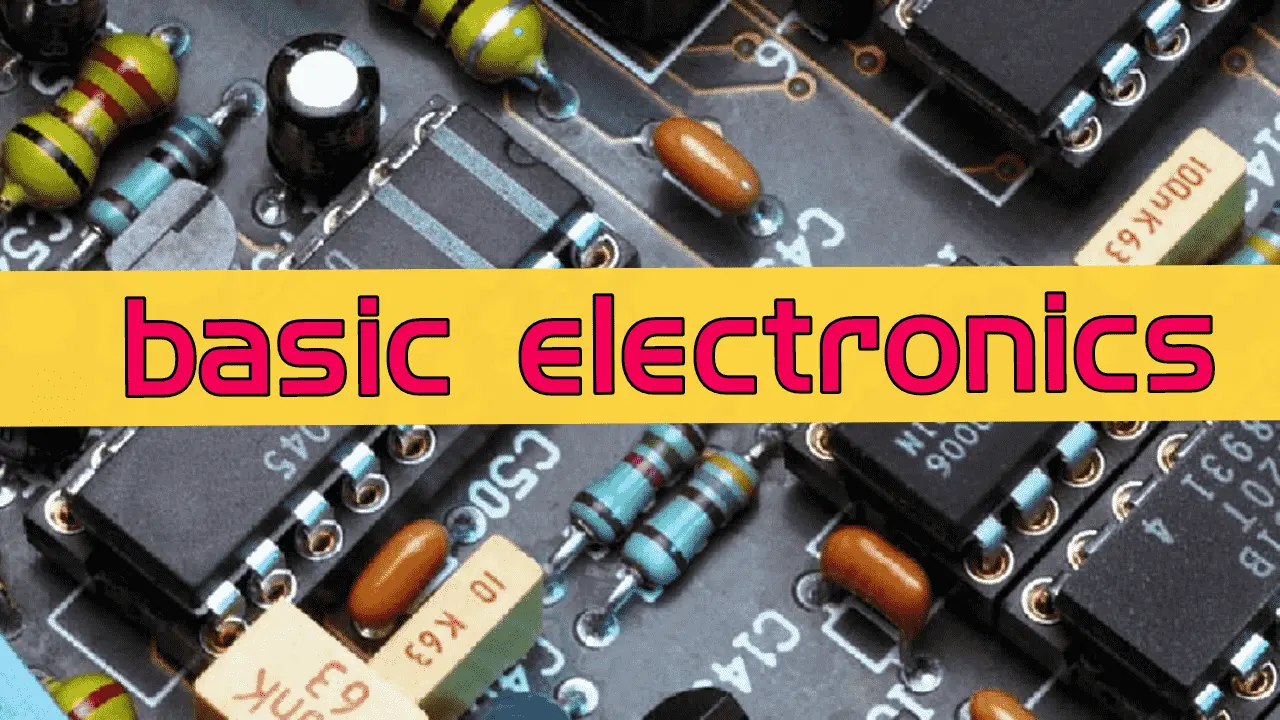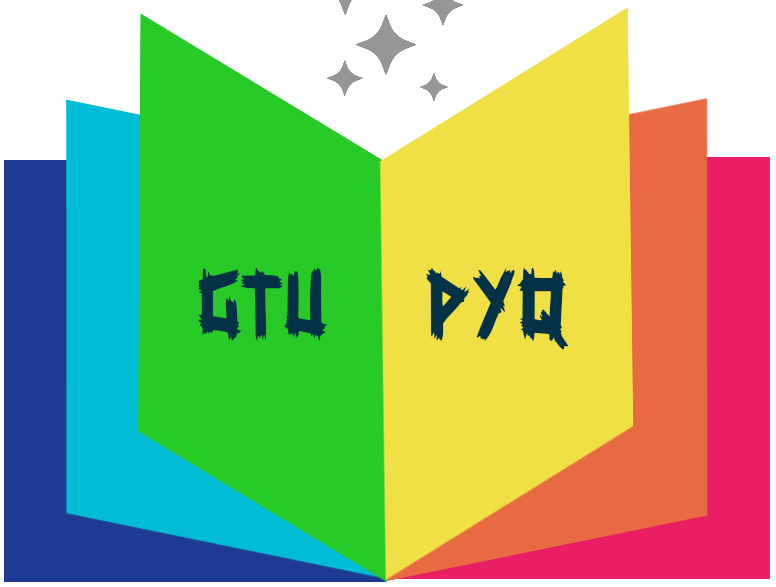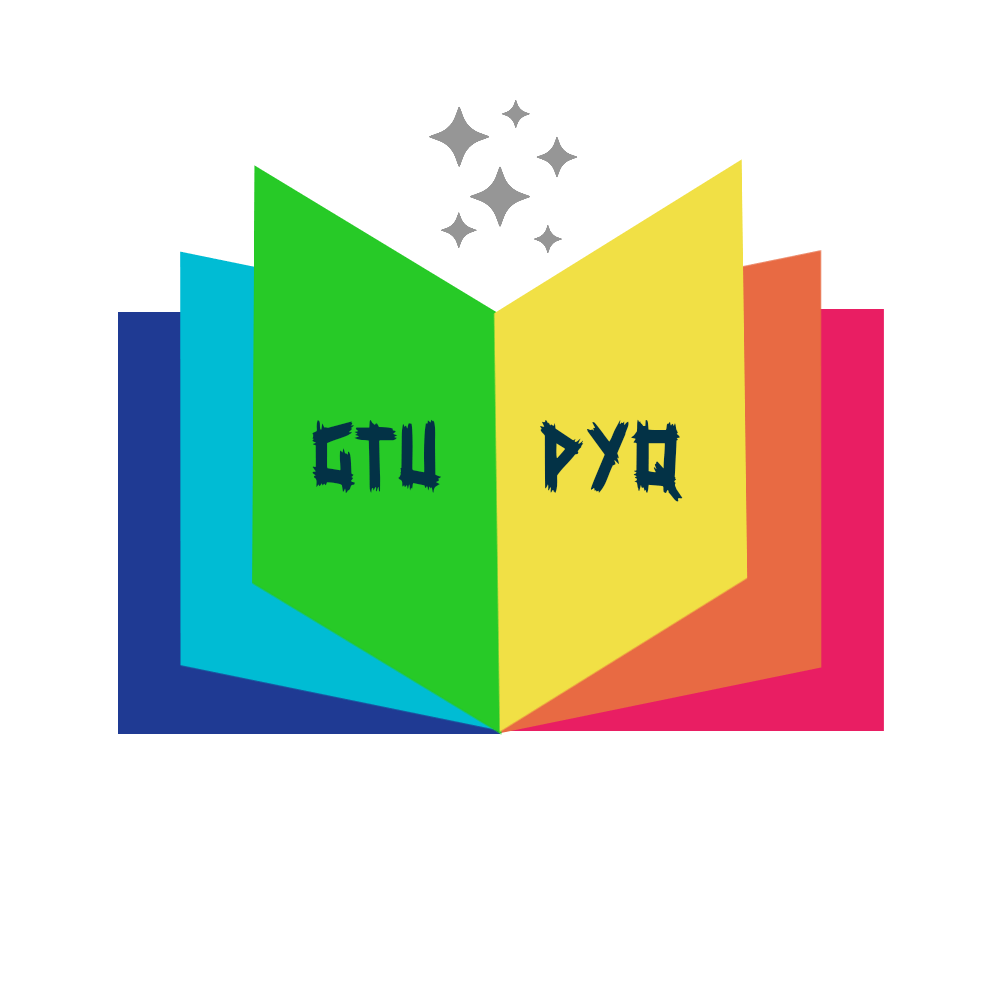1. Diode Theory and Applications:
In this chapter, students will gain a comprehensive understanding of diode theory and its various applications. The topics covered include forward bias, reverse bias, and VI characteristics of diodes. Students will learn about ideal diodes and the second and third approximations of diode behavior. The use of surface mount diodes and Zener diodes will be explored, along with practical aspects such as testing diodes using a multimeter. Rectifier circuits like half-wave, full-wave, and bridge rectifiers will be studied, as well as RC and LC filters. Students will also delve into the design of unregulated DC power supplies, clipping and clamping circuits, voltage multiplier circuits, and the proper method of reading semiconductor diode datasheets.
2. Bipolar Junction Transistors and its Biasing:
In this chapter, students will be introduced to the operation of Bipolar Junction Transistors (BJTs) and their voltage and current characteristics. The three configurations of BJT amplifiers: Common Emitter (CE), Common Base (CB), and Common Collector (CC) will be thoroughly explored, along with their respective DC load lines and bias points. Various biasing techniques like base bias, emitter feedback bias, collector feedback bias, and voltage divider bias will be covered. Students will also study thermal stability, biasing BJT switching circuits, and transistor power dissipation and switching time. Additionally, they will learn how to test bipolar junction transistors using a multi-meter and interpret BJT datasheets.
3. Special Purpose Diodes and Transistors:
This chapter focuses on special-purpose diodes and transistors that find significant applications in electronics. Students will learn about Light Emitting Diodes (LEDs), Zener diodes and their usage in voltage regulation circuits, Photodiodes, Solar cells, PIN diodes, Varactors, Schottky diodes, Varistors, Tunnel diodes, Seven Segment displays, Sixteen Segment displays. The identification of segments on pins using a multi-meter will be demonstrated, along with the working principles of Dot-matrix LED displays and Phototransistors. The chapter will also cover Opto-couplers and provide guidance on reading datasheets of optoelectronic devices.



